Optimal Seasons for Land Clearing
Land clearing involves removing trees, shrubs, and other vegetation to prepare a site for development, agriculture, or other uses. Timing can significantly impact the efficiency and safety of the process. Understanding seasonal patterns and environmental conditions helps determine the optimal time for land clearing projects.
Spring is often ideal due to moderate weather and active plant growth, making vegetation easier to remove before summer heat sets in.
Summer can be challenging due to high temperatures and dry conditions, increasing fire risk and equipment stress.
Fall offers cooler temperatures and moisture, reducing fire hazards and making vegetation removal more manageable.
Winter may be less suitable in colder climates due to frozen ground and dormant vegetation, which can hinder removal efforts.
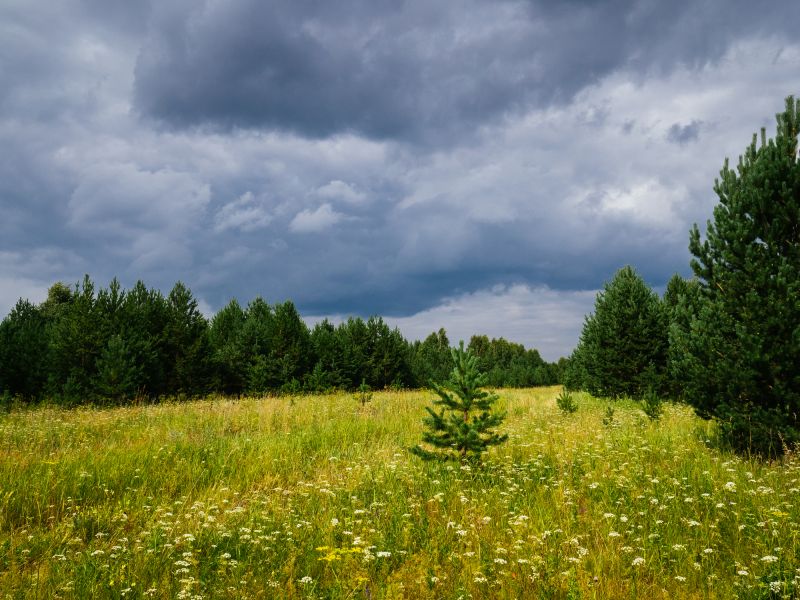
Spring vegetation is lush and easier to clear, with moderate weather conditions.

Summer's dry conditions pose fire risks and can complicate clearing activities.
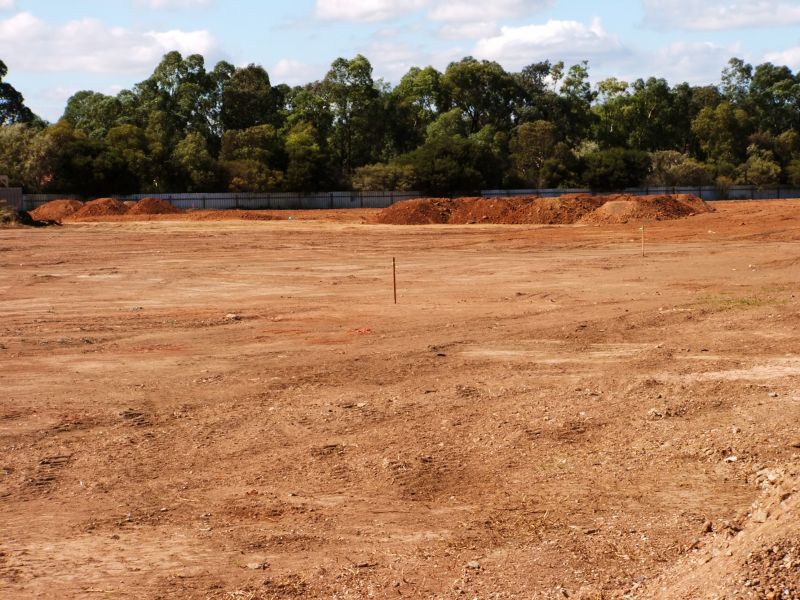
Fall provides cooler, wetter conditions ideal for land clearing projects.

Popular materials for Land Clearings and why they hold up over time.
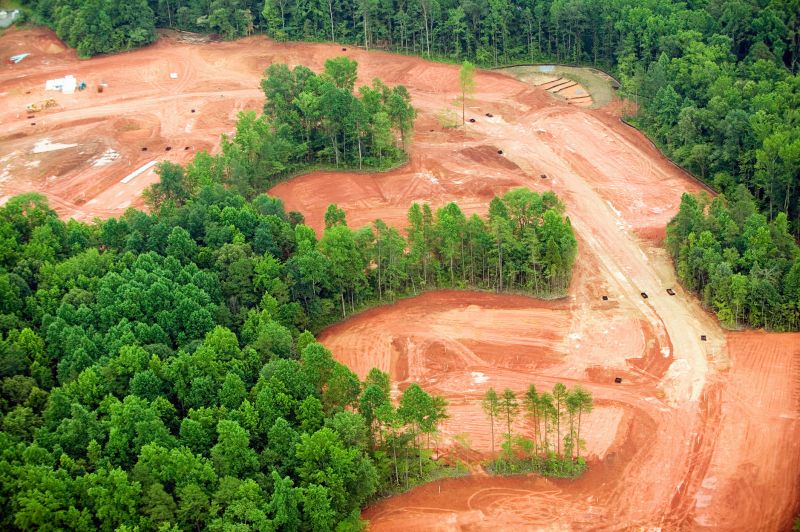
Simple add-ons that improve Land Clearings without blowing the budget.

High-end options that actually feel worth it for Land Clearings.
| Season | Optimal Conditions |
|---|---|
| Spring | Moderate temperatures, active plant growth, less fire risk |
| Summer | High temperatures, dry conditions, increased fire hazard |
| Fall | Cooler temperatures, higher moisture levels |
| Winter | Frozen ground, dormant vegetation, limited activity |
Timing land clearing projects appropriately can enhance safety, reduce costs, and improve results. Seasonal weather patterns influence vegetation moisture content, ground conditions, and fire risk, all of which are critical factors to consider. Proper planning ensures that land clearing is efficient and aligns with project goals.
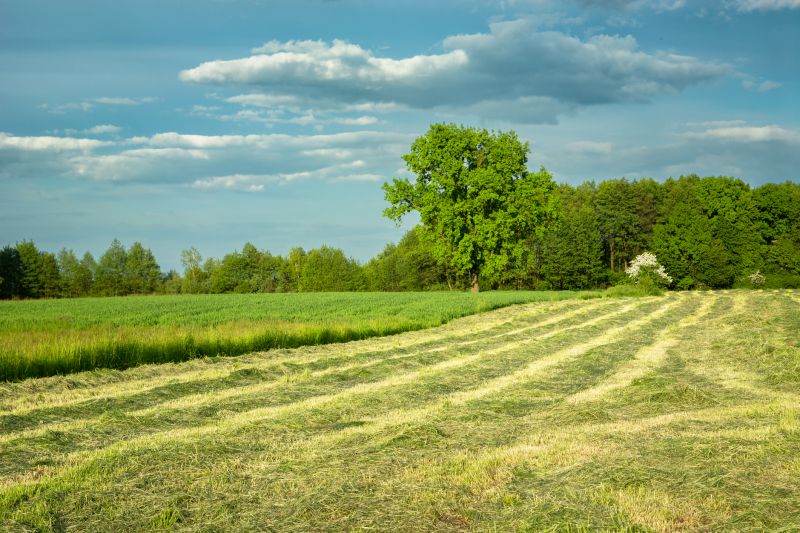
Spring allows for effective removal of lush vegetation before the heat of summer.

High fire risk during summer requires careful planning and safety measures.

Fall's cooler, wetter conditions facilitate safer and more efficient land clearing.

Finishes and colors that play nicely with Land Clearings.
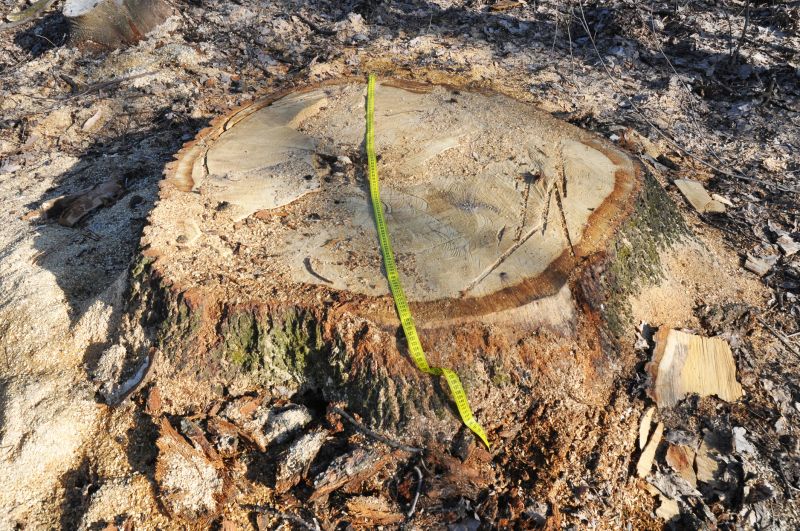
Little measurements that prevent headaches on Land Clearings day.
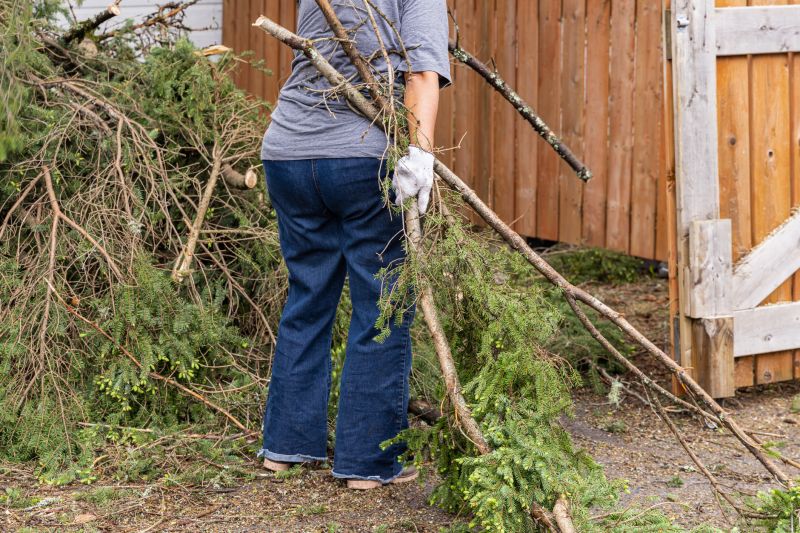
A 60-second routine that keeps Land Clearings looking new.
Understanding the seasonal factors that influence land clearing can assist in scheduling projects for optimal results. Weather conditions, vegetation state, and safety considerations should guide the timing of land clearing activities to ensure successful completion.
Interested in scheduling a land clearing project? Filling out the contact form can provide more information and help determine the best timing for specific site conditions.
